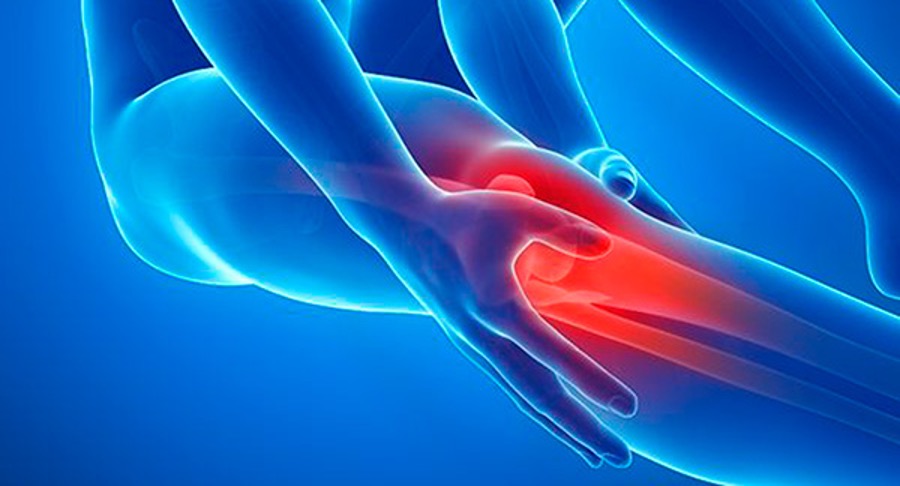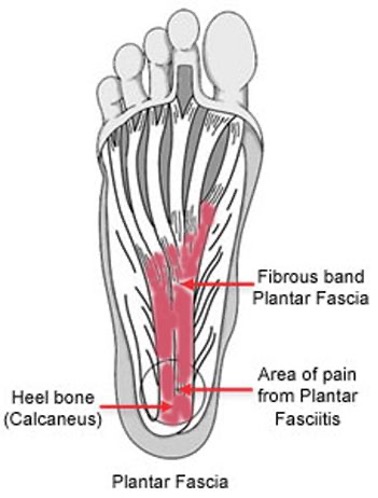Have you ever wondered why your physiotherapist is making you all colourful with stretchy tape during your appointment? Read on for some answers!
What is kinesiology tape?
As physiotherapists, we use a range of treatment methods to help increase your mobility as you recover from an injury, including therapeutic taping. Kinesiology tape (or kinesio tape) is an elastic, therapeutic tape that we use to provide your joint with support, without limiting movement.
Why is kinesio tape used?
We generally use kinesio tape to help reduce pressure on damaged muscles and joints, increase mobility, lessen pain, and reduce swelling. We also use it to reduce the chances of further damage to an area that is weak from injury. If you are prone to injury in a certain area, taping may also give you some protection.
How does it work?
During an appointment, we will assess your condition and determine if kinesio tape is necessary, and then work out the best way to apply it. We apply it in a pattern that will help to support your specific injury. Kinesio tape is stretchy and flexible. It’s designed to be elastic like your skin, so that you can move freely when it is applied. When applied, it lifts the layers of skin and tissue, encouraging blood flow.
There is also some research to suggest that using kinesio tape changes the signals between your brain and the skin over an injured area. The tape helps to strengthen the signals, increasing connectivity between the area and the brain.
What about the colour of tape, does that matter?
No! We think the different colours look cool though, the brighter the better!
If you want to know more about the different ways we support you after an injury, call us on (08) 9203 7771 or make a booking and we’ll fill you in.
References:
- (2018). What is Kinesiology tape? [Online]. Available at: https://www.healthline.com/health/kinesiology-tape (Accessed 23 March 2022).
- Sears, B. (2022). How Kinesiology tape is used in physical therapy? [Online]. Available at: https://www.verywellhealth.com/kinesiology-tape-in-physical-therapy-2696435 (Accessed 23 March 2022).




